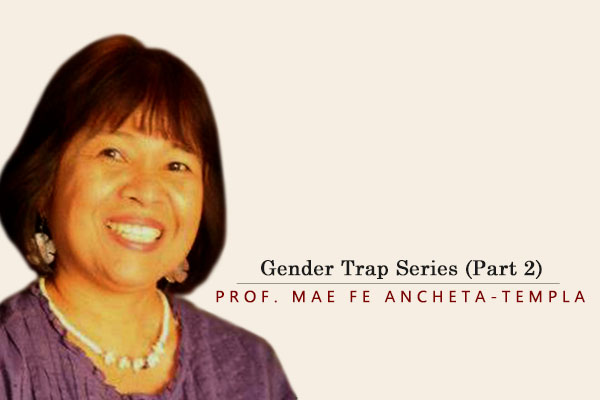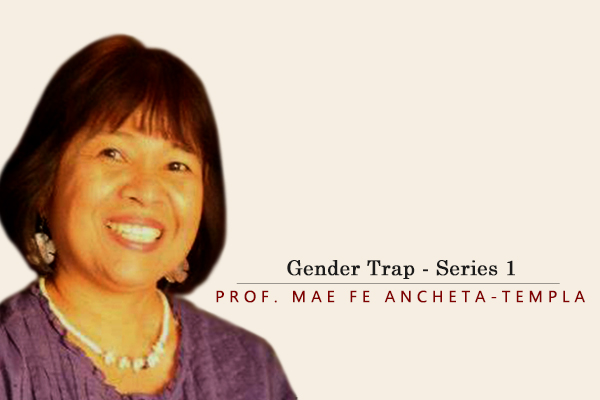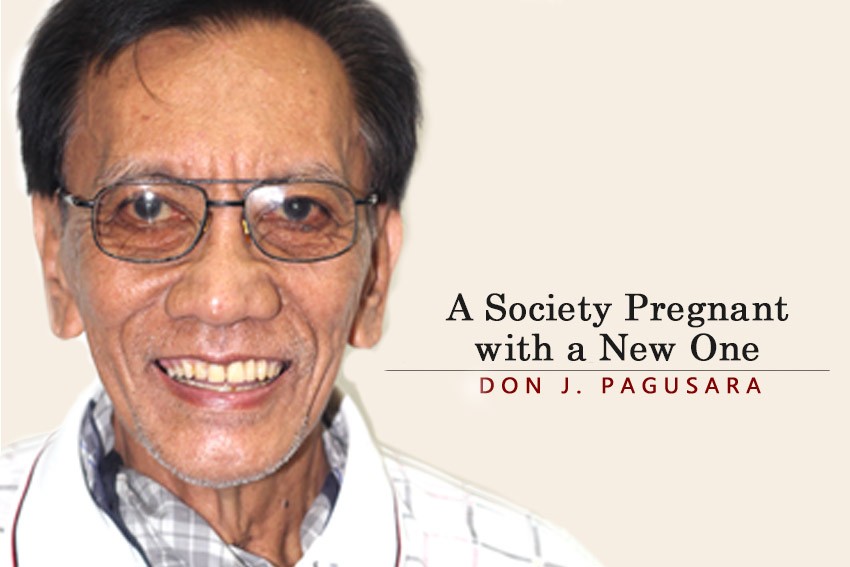I overheard the following conversation between two of my neighbors at our village Coop’s Eatery yesterday afternoon as I visited the place to buy some viands for dinner.
I have long wanted to write about Mindanao’s remarkable historical figure, but I felt a lack of adequate knowledge about my subject.
Taking cue from the previous issue of this column, a critical assessment on women’s education was done as part of a literature review on the sprout of women organizations in the country.
The Mamasapano Incident is a badly written drama story that tickles us to hilarious laughter at its ending. It’s made up of a sequence of incredible actions and events replete with lies and doublespeak in its dialogues.
Naturally, my first thought was, not again.
Some groups, in the hope that harmony would reign in our land between and among all ethnolinguistic peoples and groups that constitute the Filipino nation, have called for what they term as a healing process in order that the nation can move on.
The global women’s mass movement, especially from the global south, resulted to a large extent the gender mainstreaming project of the United Nations, notably, the solidarity efforts of women from the North, who raised issues of injustices and undemocratic relations in societies, led to campaigns against wars and sexism.
At around these days in March 1906, a gruesome event—the Bud Dajo Massacre— occurred in the island of Sulu six years after the United States of America had established its colonial rule over the whole Philippine archipelago.
Malacanang announced on Friday that it is extending the period for Martial Law human rights victims to file their compensation claims as provided by RA10368 from the November 10, 2014 to May this year.
President Noynoy Aquino in his latest appearance to the nation on the occasion of the Edsa revolt commemoration is again showing his reactionary character.










